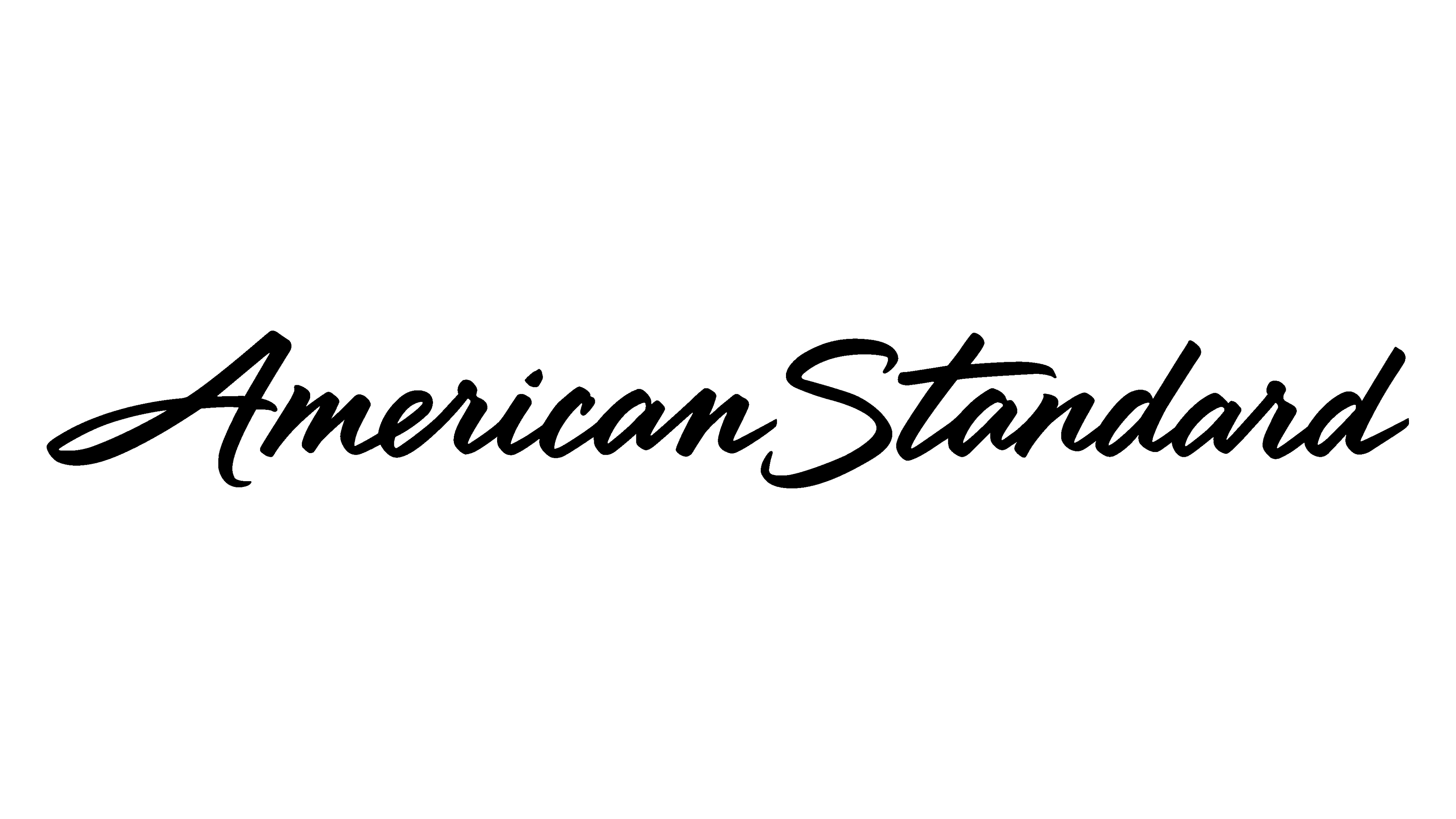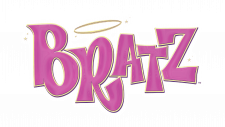American Standard Logo
American Standard is a well-known brand specializing in plumbing fixtures. It originated in the United States. An amalgamation of several smaller companies formed this entity. They aimed to provide high-quality bathroom and kitchen products. The brand stands out for its innovation in hygiene and comfort solutions.
Meaning and history
American Standard, initially named the Standard Sanitary Manufacturing Company, was established in 1875. It began by producing plumbing fixtures in Pittsburgh, USA. In 1929, it merged with the American Radiator Company, forming American Radiator and Standard Sanitary Corporation. This entity quickly became a powerhouse in heating and sanitary products.
Post World War II, the company shortened its name to American Standard. During the 1950s and 1960s, it expanded globally, entering markets in Europe, Asia, and South America. The company was a pioneer in introducing innovative plumbing products like the one-piece toilet.
In the late 20th century, American Standard shifted focus, acquiring Trane, a leading HVAC manufacturer, in 1984. By 2007, it had divested its various divisions to concentrate on air conditioning systems under the Trane brand. Today, American Standard remains a prominent name in plumbing fixtures, maintaining its reputation for quality and innovation.
What is American Standard?
American Standard is a prominent manufacturer of plumbing products. It focuses on creating innovative and quality fixtures for bathrooms and kitchens. The brand is recognized for its commitment to durability and functional design.
1929 – 1964
The logo depicts the word ‘Standard’ in a freehand script style. It’s fluid, suggesting motion and ease. The strokes are uneven, adding a rustic charm. The black hue stands out, implying solidity.
1964 – 1969
The logo now includes ‘American’ before ‘Standard’, extending the brand’s identity. Both words share the same carefree, handwritten style, suggesting approachability. ‘American’ stands in confident, bold lettering, while ‘Standard’ maintains its playful script. The dash adds a visual break, enhancing readability. The typeface, though casual, commands attention with its distinctive character shapes and solid presence.
1969 – 1984
The logo presents a striking, abstract symbol encased in a square border. Central to the design is a bold, black circle with a prominent, downward-pointing notch at its base. This creates a unique, hat-like silhouette within the circle. Below this graphic, the words “AMERICAN STANDARD” are inscribed in an austere, all-caps font, signaling the company’s name with a straightforward and authoritative presence. The contrast between the stark geometry of the circle and the sharpness of the notch lends the design a modern, distinctive character.
1984 – 2013
The logo has transitioned to a vibrant blue, radiating freshness and reliability. “American Standard” is now script again, flowing freely and implying approachability and friendliness. This design harks back to earlier styles but with a contemporary twist. The font’s boldness is diminished, promoting a softer, more welcoming presence. The absence of any enclosing shapes or additional graphics highlights the brand’s confidence in its name alone.
2013 – Today
In this evolution, the logo adopts a grayscale palette, conveying sophistication and timelessness. The cursive script is sleeker, more refined, a nod to modern aesthetics. There’s a noticeable balance between the ‘American’ and ‘Standard’ word sizes, suggesting harmony. This script, while elegant, retains a touch of the brand’s historic charm. Gone is the color, making it versatile for various applications.
2017 – Today
The latest rendition returns to pure black, ensuring strong contrast and memorability. The script has been fine-tuned, with a more pronounced slant, suggesting dynamism. The characters are evenly weighted, offering a cohesive and polished look. This logo simplifies further, eliminating any embellishments to focus solely on the fluidity of the typeface. It echoes a signature, personalizing the brand’s touch.

















